Embarking on a strength training journey often leads fitness enthusiasts to explore various leg exercises, and the hack squat machine stands out as a favorite for targeting the quadriceps, glutes, and hamstrings. Whether you're a beginner or returning after a hiatus, understanding how to determine the appropriate starting weight on the hack squat machine is crucial for maximizing benefits while minimizing the risk of injury. This guide delves into the essentials of selecting your initial load, ensuring a safe and effective workout experience.
What is a Hack Squat Machine?
The hack squat machine is a staple in many gyms, designed to mimic the movement of a traditional squat but with added stability and support. Unlike free-weight squats, the hack squat provides a controlled environment, making it an excellent choice for those looking to build lower body strength with reduced balance challenges.
Benefits of Using the Hack Squat Machine
- Targeted Muscle Engagement: Primarily works the quadriceps, but also engages the glutes, hamstrings, and calves.
- Reduced Lower Back Strain: The machine's design supports the back, allowing for safer heavy lifting.
- Controlled Movement: Offers a guided path, minimizing the risk of improper form.
- Adjustable Resistance: Easily modify weights to match your strength levels and progression.
Determining Your Starting Weight
Selecting the right starting weight is pivotal for building strength and avoiding injury. Here’s a step-by-step approach to help you find the optimal starting load:
1. Assess Your Current Fitness Level
Before approaching the machine, evaluate your overall leg strength and any prior experience with squats or resistance training. Beginners should start with lighter weights to master the form, while those with some experience can begin with moderate loads.
2. Understand the Machine’s Mechanics
Familiarize yourself with the hack squat machine's settings. Most machines allow you to adjust the weight stack easily, so take a moment to understand how to add or remove plates safely.
3. Start with Bodyweight Squats
Perform a set of bodyweight squats to gauge your comfort with the movement. This helps in identifying any muscle imbalances or mobility issues that might need addressing before adding resistance.
4. Begin with Minimal Weight
For your first set on the hack squat machine, select a weight that feels manageable—typically between 50-60% of what you anticipate your working weight will be. This allows you to focus on form without overexertion.
5. Perform a Test Set
Execute a set of 10-12 repetitions with your chosen starting weight. Pay attention to how your muscles feel and whether you can maintain proper form throughout the movement. If the weight feels too light or too heavy, adjust accordingly.
6. Gradually Increase the Load
Once comfortable with the initial weight, progressively add small increments (e.g., 10-20 pounds) in subsequent sessions. Aiming for a 5-10% increase per week is a safe progression rate, ensuring steady strength gains without overloading your muscles.
Tips for Safe and Effective Hack Squatting
- Warm-Up Properly: Engage in dynamic stretches and light cardio to prepare your muscles and joints.
- Maintain Proper Form: Keep your back pressed against the pad, feet shoulder-width apart, and knees tracking over your toes.
- Controlled Movements: Avoid rapid or jerky motions. Focus on smooth, controlled squats to maximize muscle engagement.
- Breathe Correctly: Inhale on the way down and exhale as you push back up to maintain intra-abdominal pressure and support your spine.
- Listen to Your Body: If you experience pain (beyond typical muscle fatigue), stop immediately and reassess your form or weight selection.
Common Mistakes to Avoid
- Using Excessive Weight: Prioritizing heavy loads over proper form can lead to injuries.
- Rising Heels: Ensure your entire foot remains flat on the platform to distribute weight evenly and protect your knees.
- Incomplete Range of Motion: Lower yourself until your thighs are at least parallel to the platform to fully engage the target muscles.
- Locking Knees at the Top: Maintain a slight bend in your knees to keep tension on the muscles and protect the joints.
Progressing Beyond the Starting Weight
As you become more comfortable with the hack squat machine, consider incorporating variations to continue challenging your muscles:
- Paused Squats: Hold the squat position for a few seconds at the bottom to increase time under tension.
- Single-Leg Hack Squats: Focus on one leg at a time to address muscle imbalances and enhance stability.
- Higher Rep Ranges: Incorporate sets with higher repetitions (15-20) to build muscular endurance.
Conclusion
Choosing the right starting weight on the hack squat machine is a foundational step towards building strong, well-defined legs. By assessing your fitness level, starting conservatively, and focusing on proper form, you can safely progress to heavier weights and achieve your strength training goals. Remember, consistency and patience are key—allow your body to adapt gradually, and enjoy the journey to enhanced lower body strength and overall fitness.


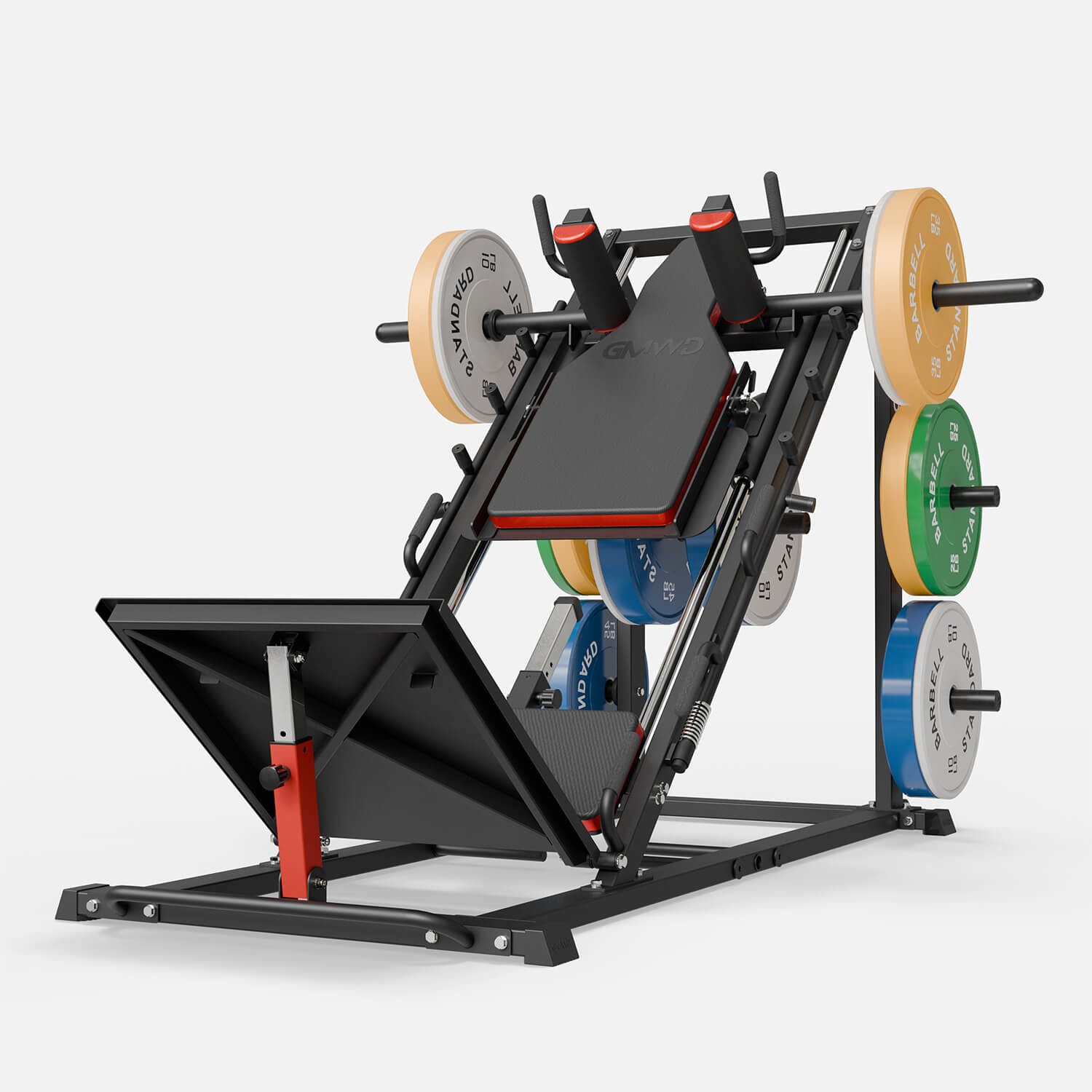
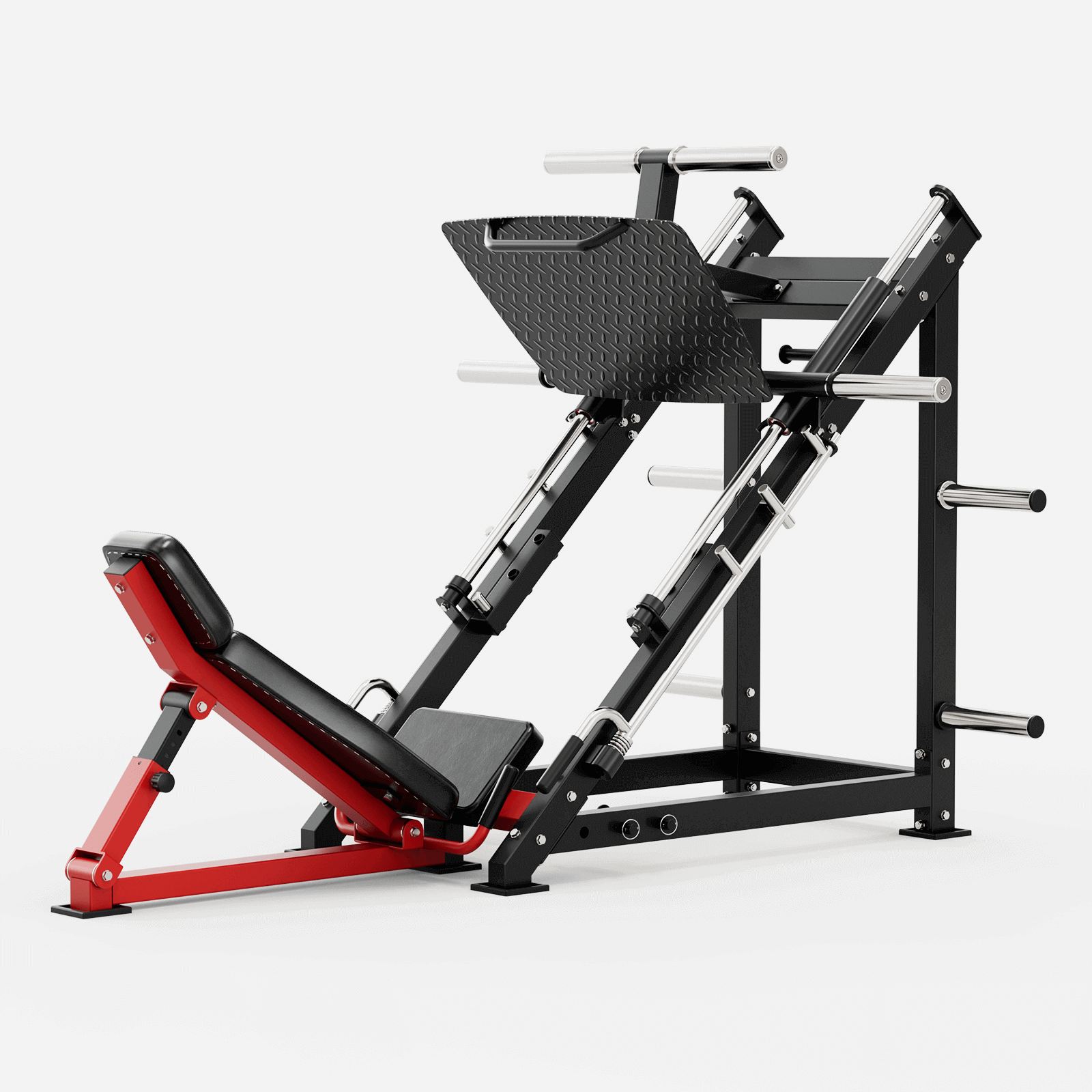
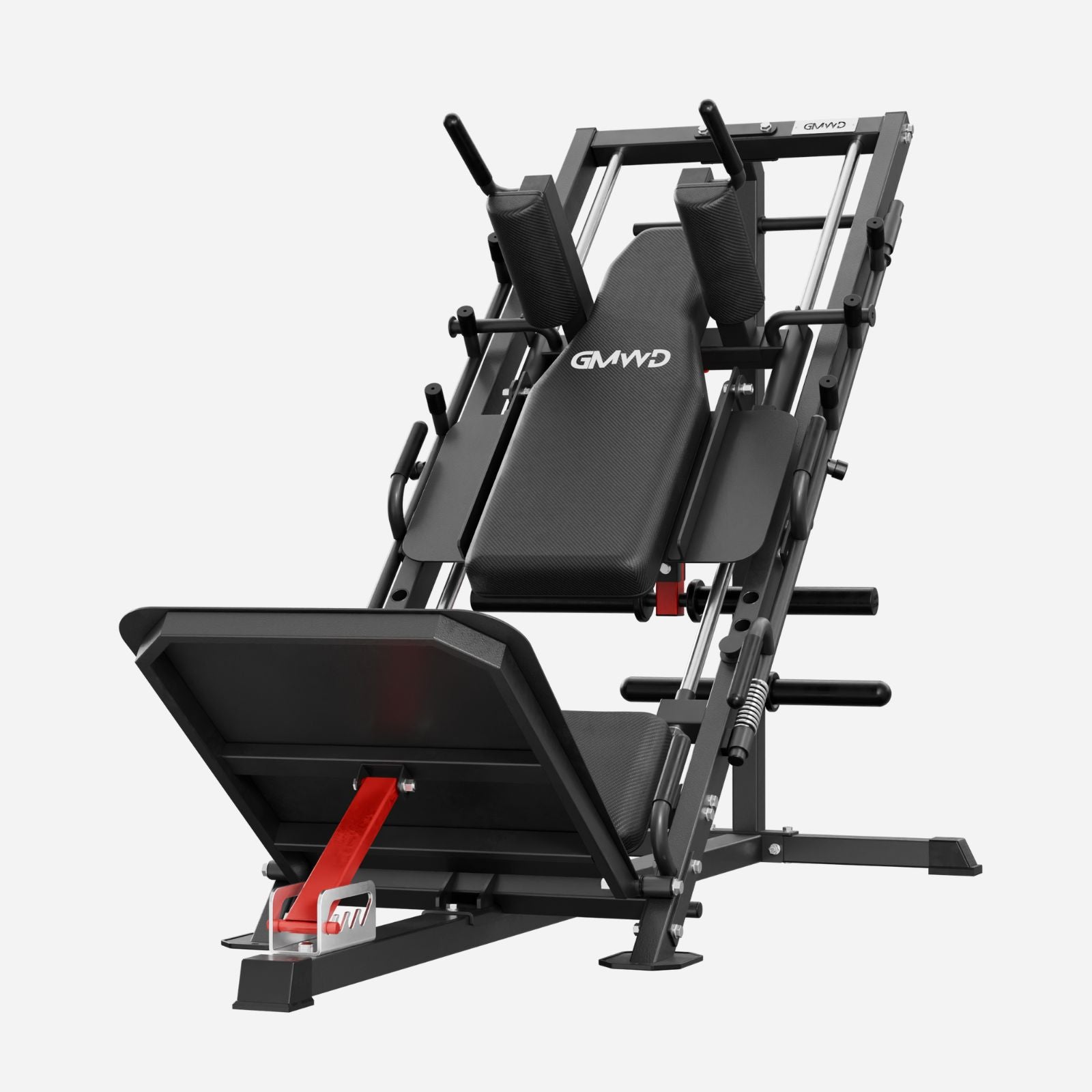
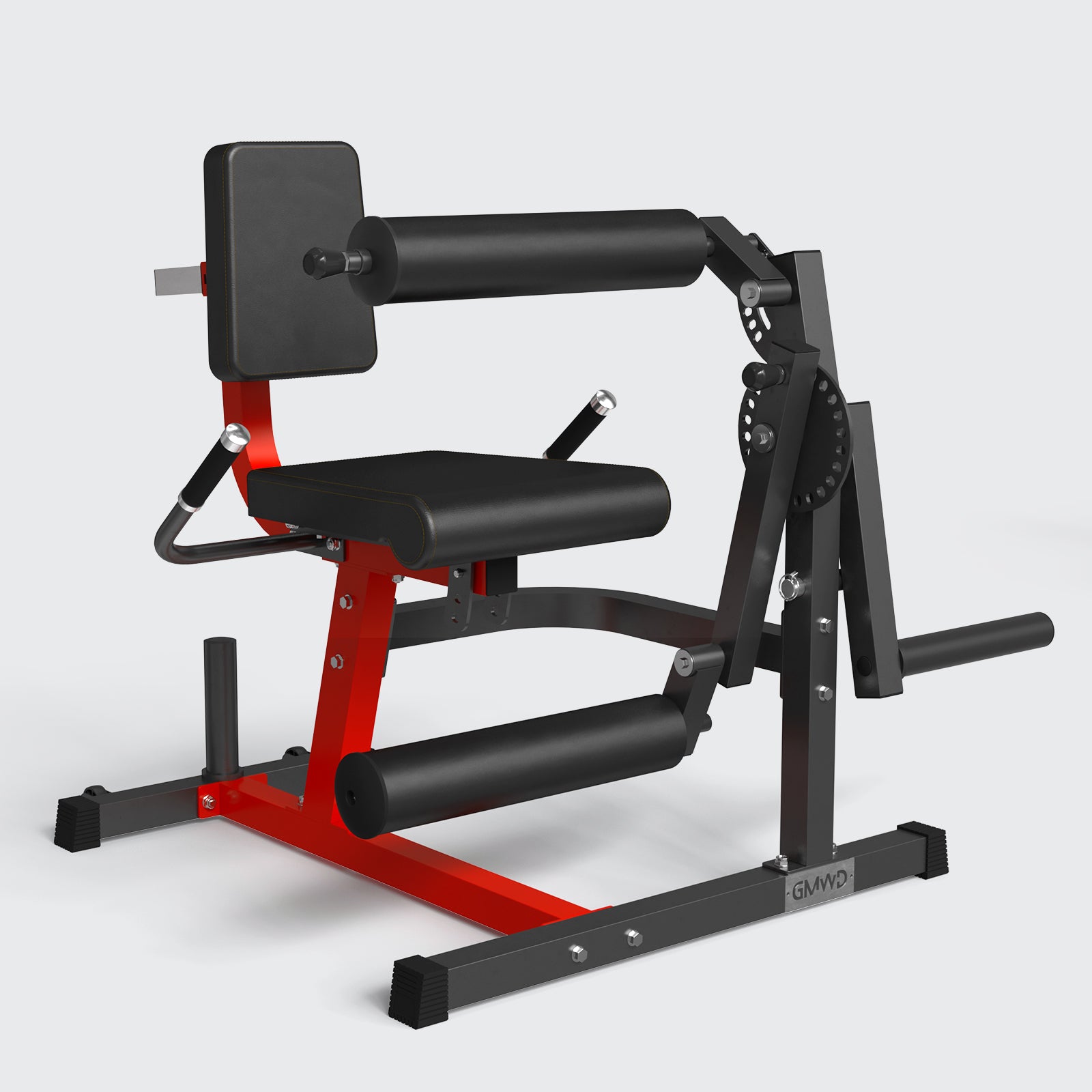
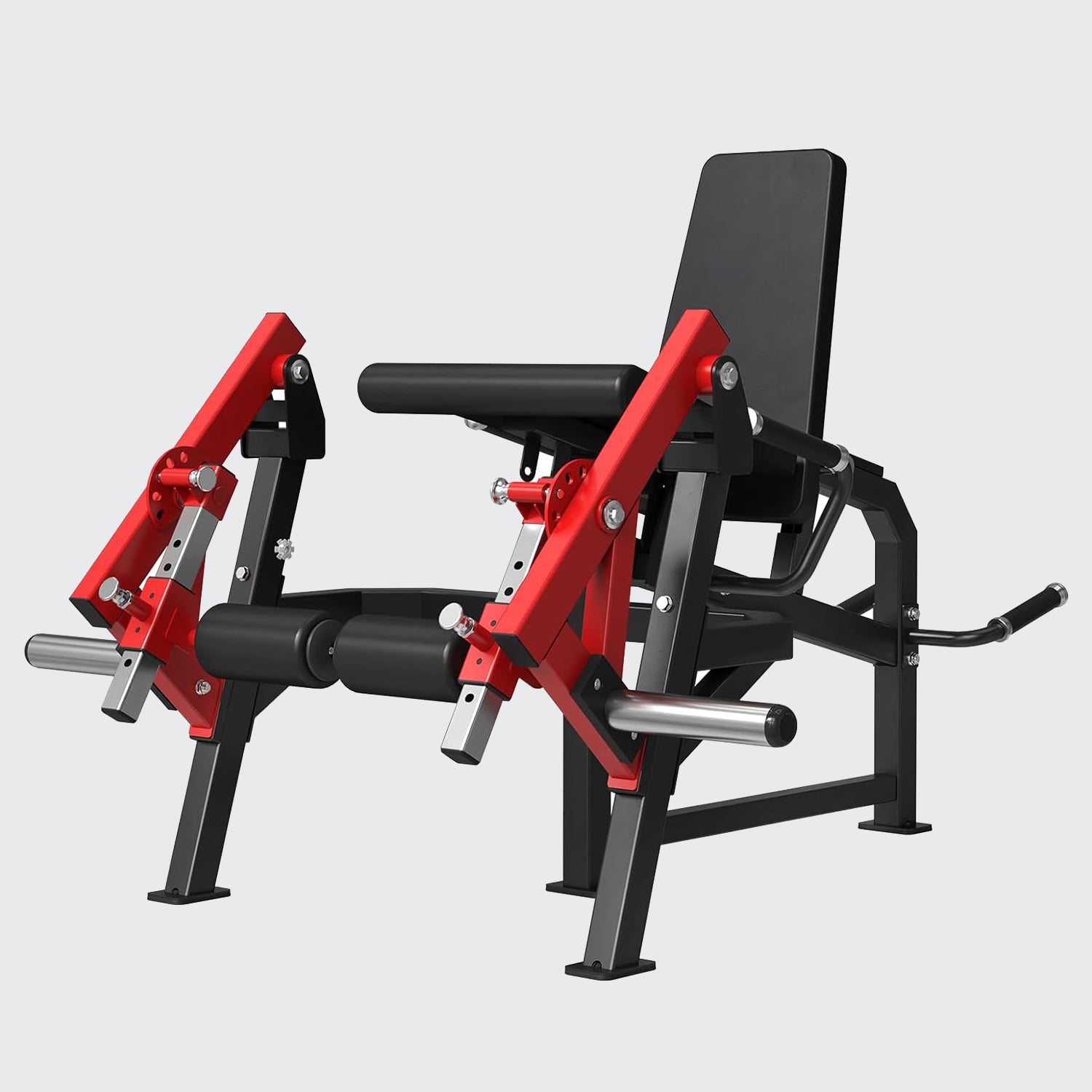
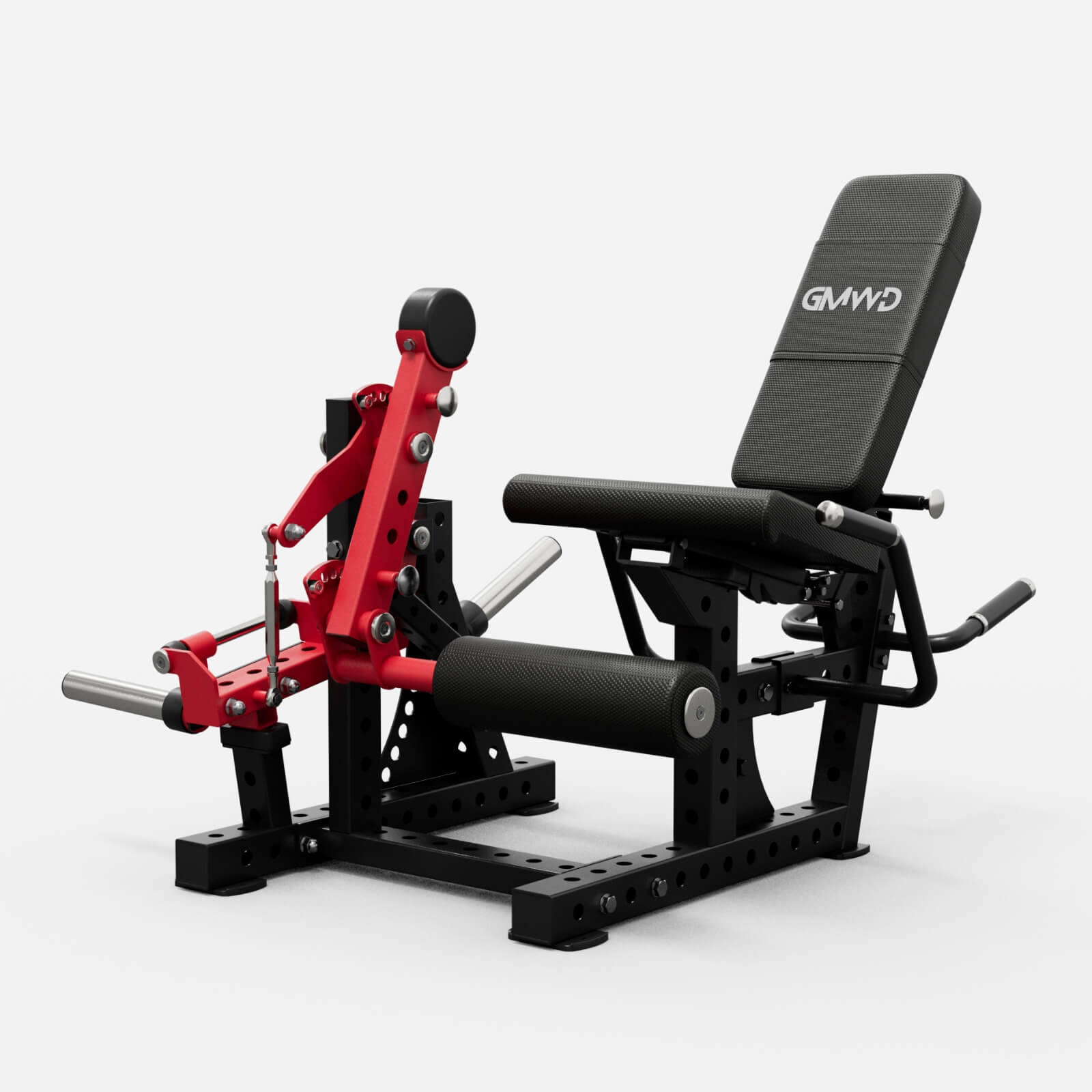
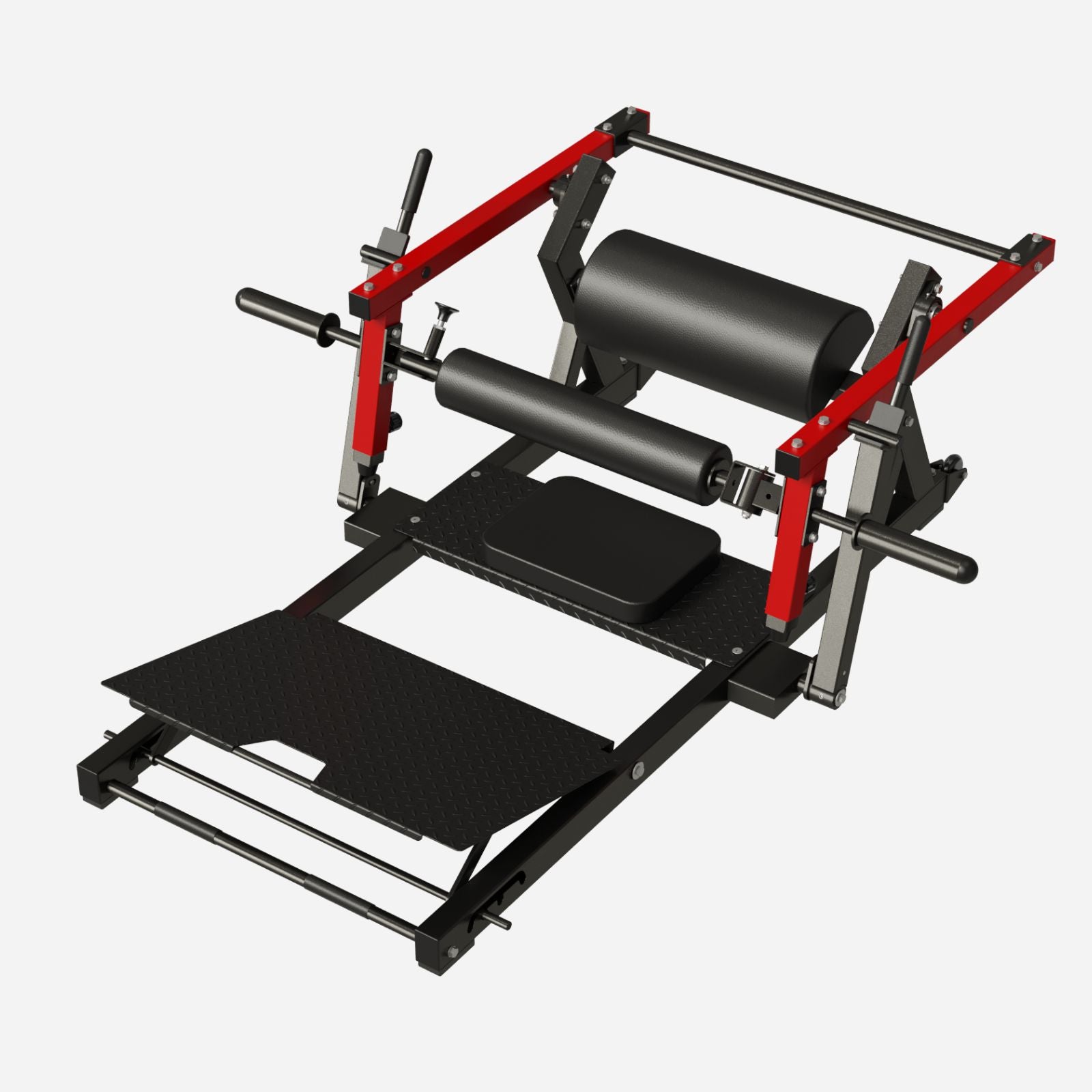

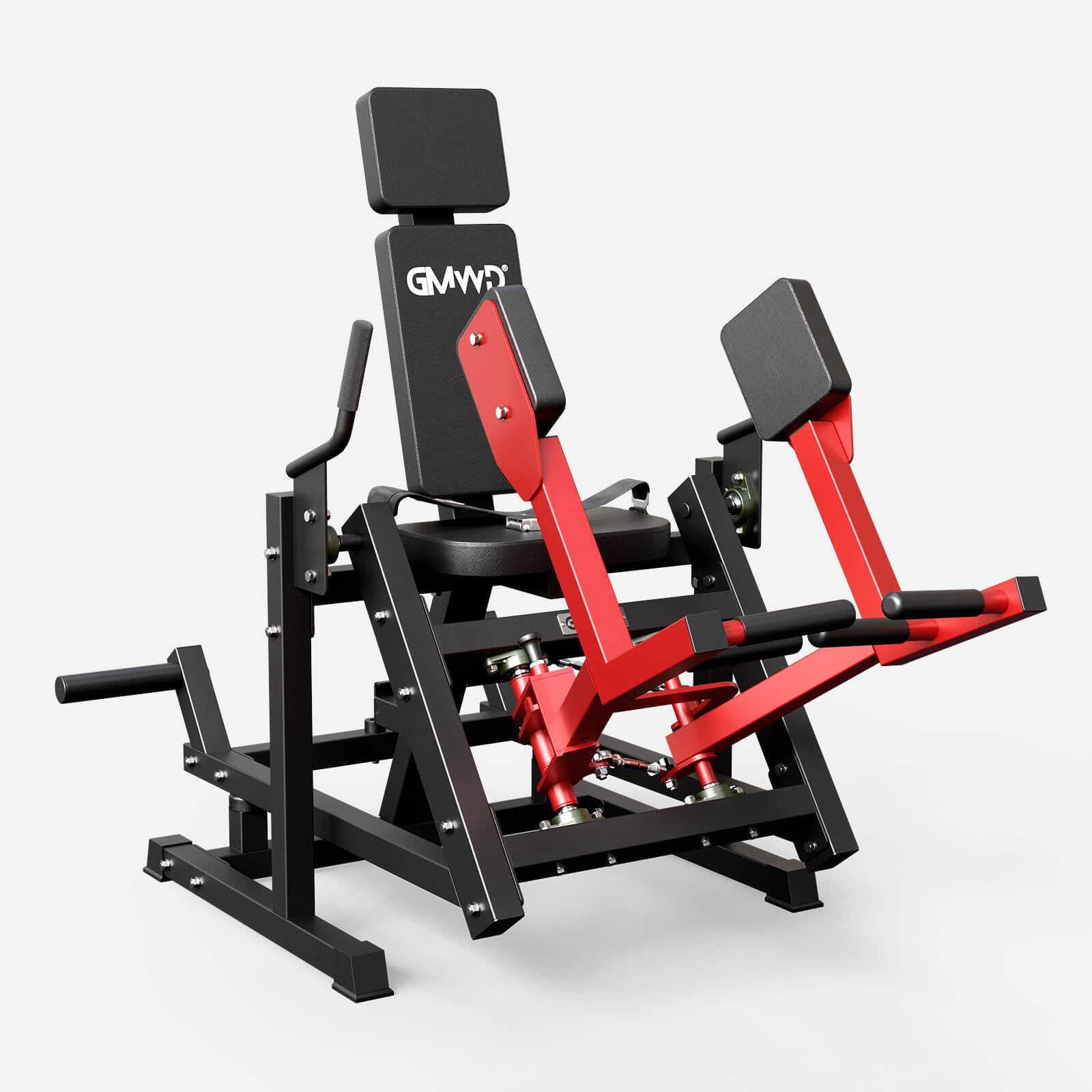
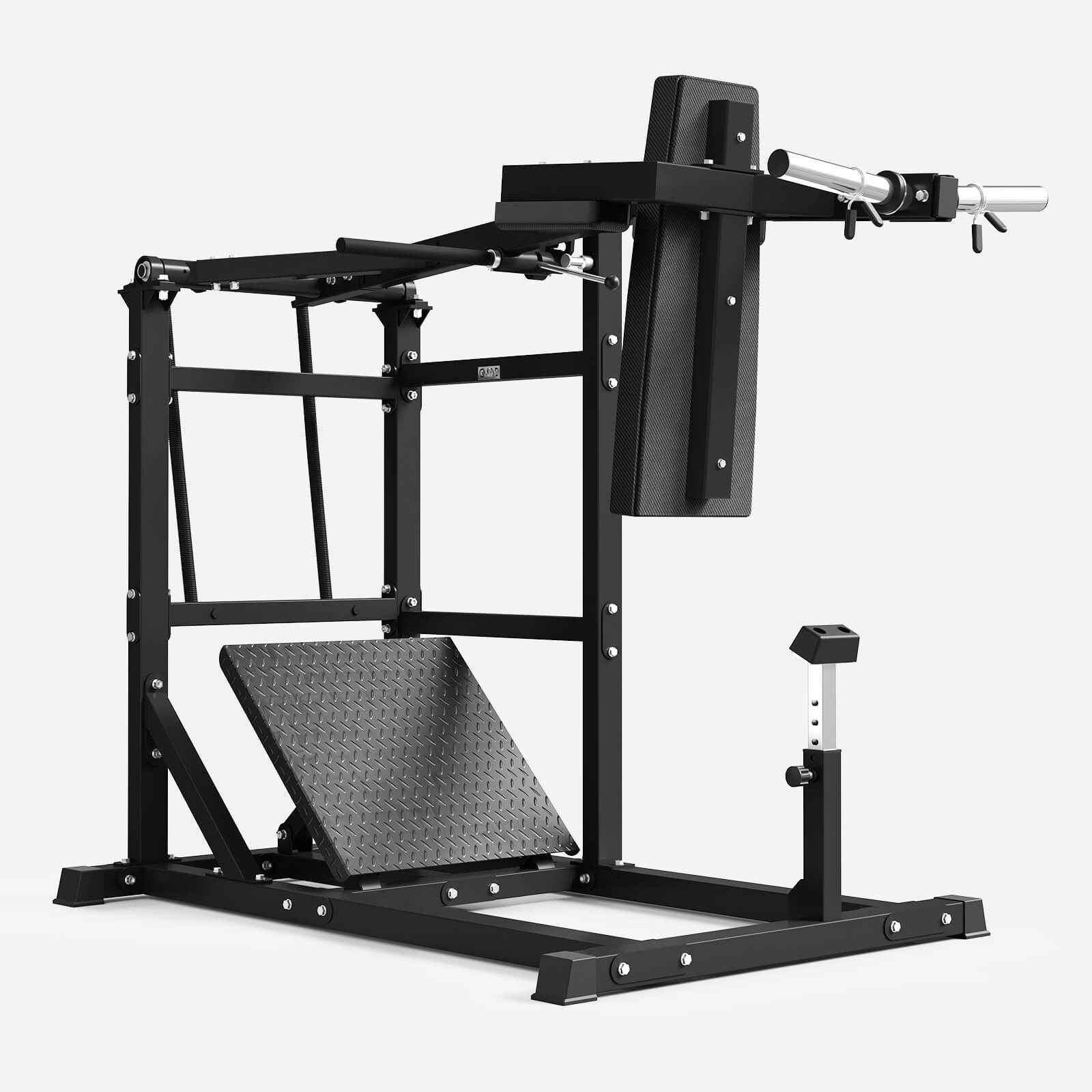
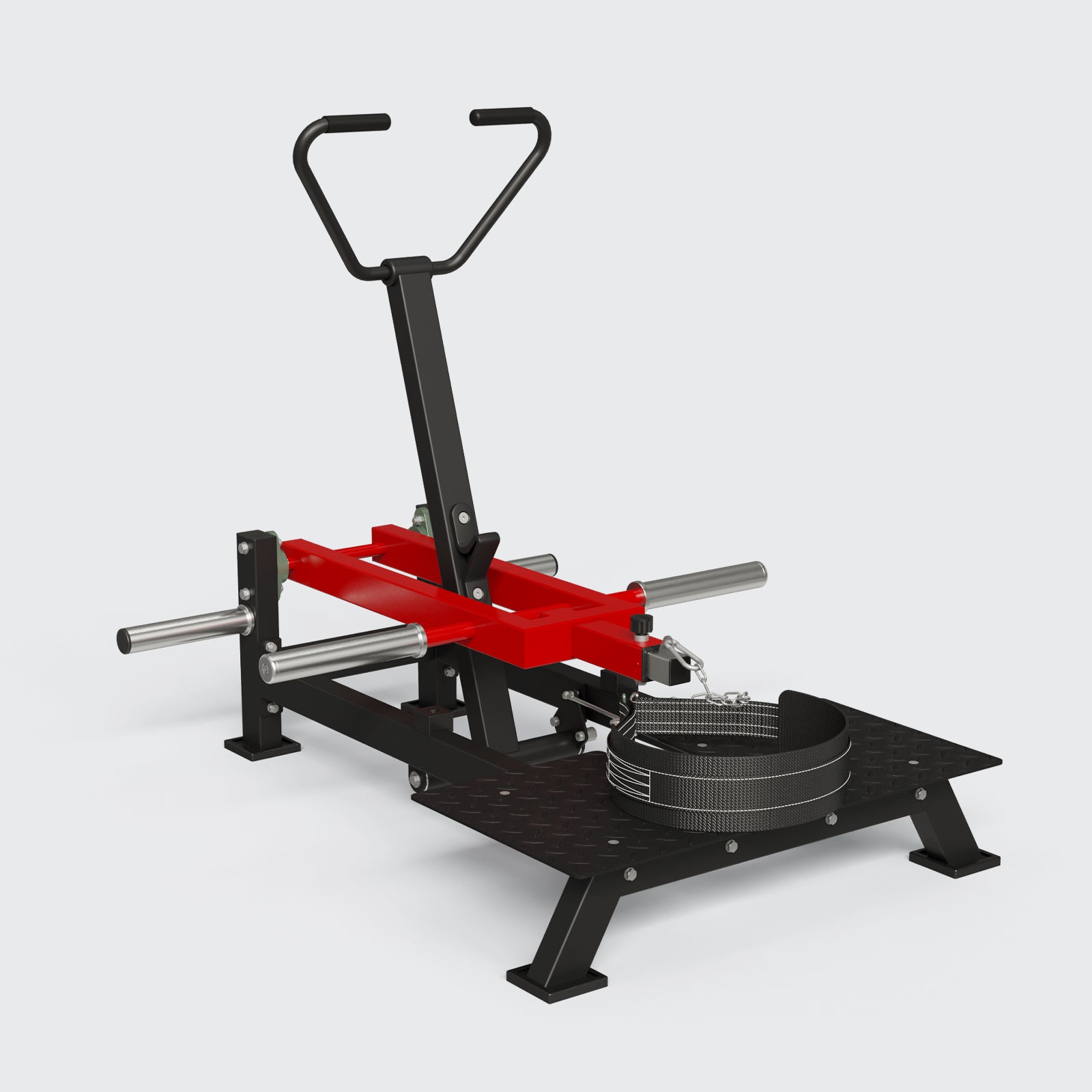
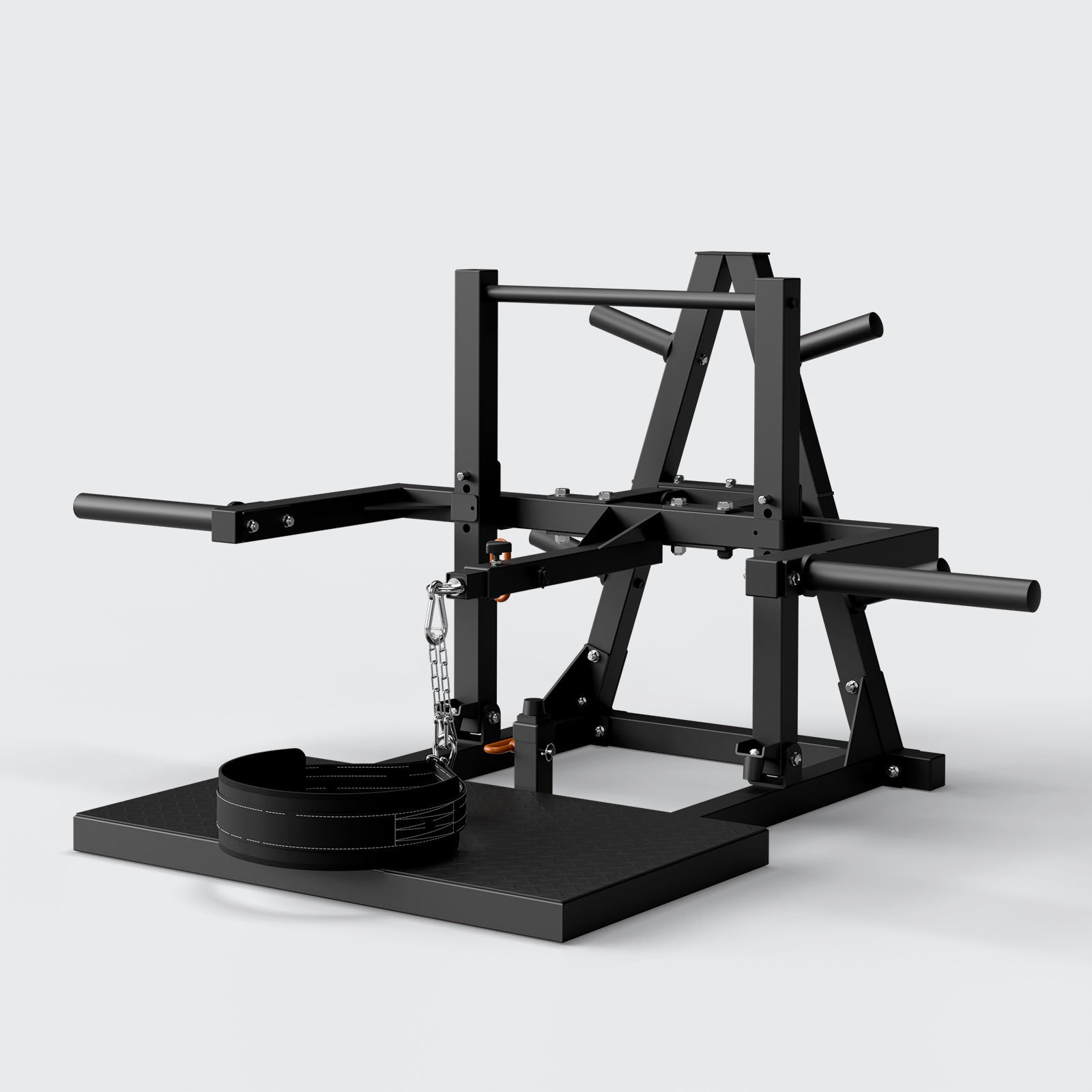

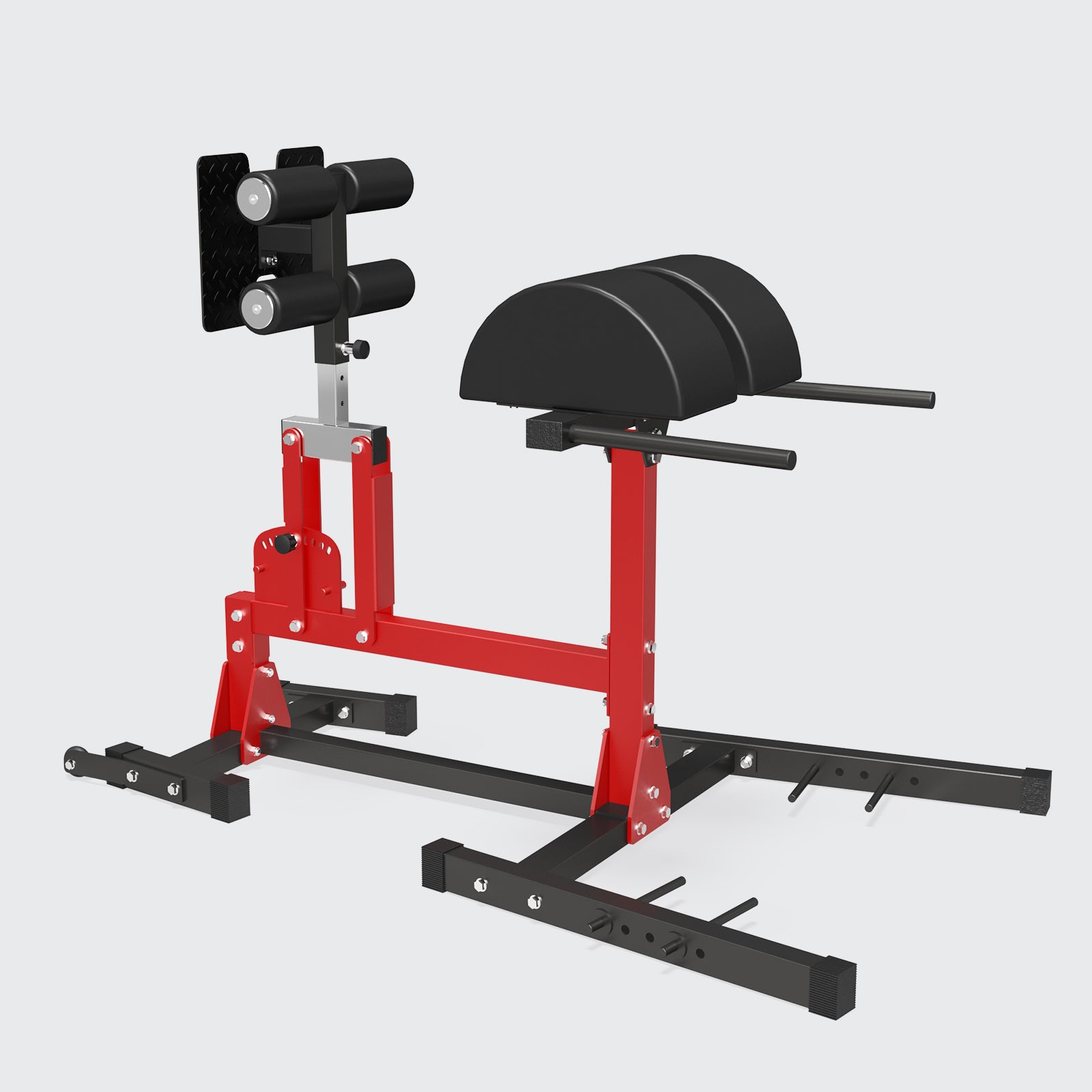
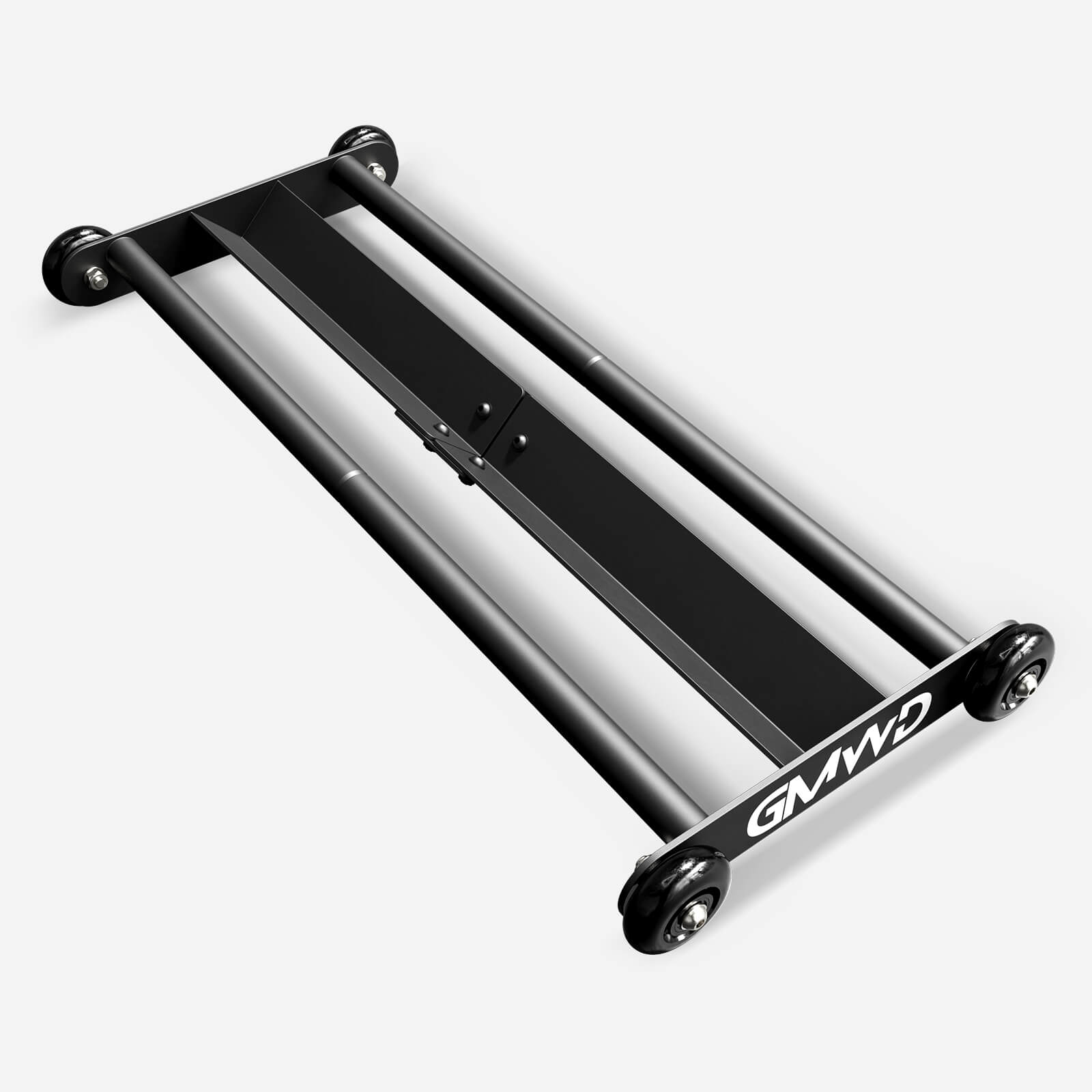
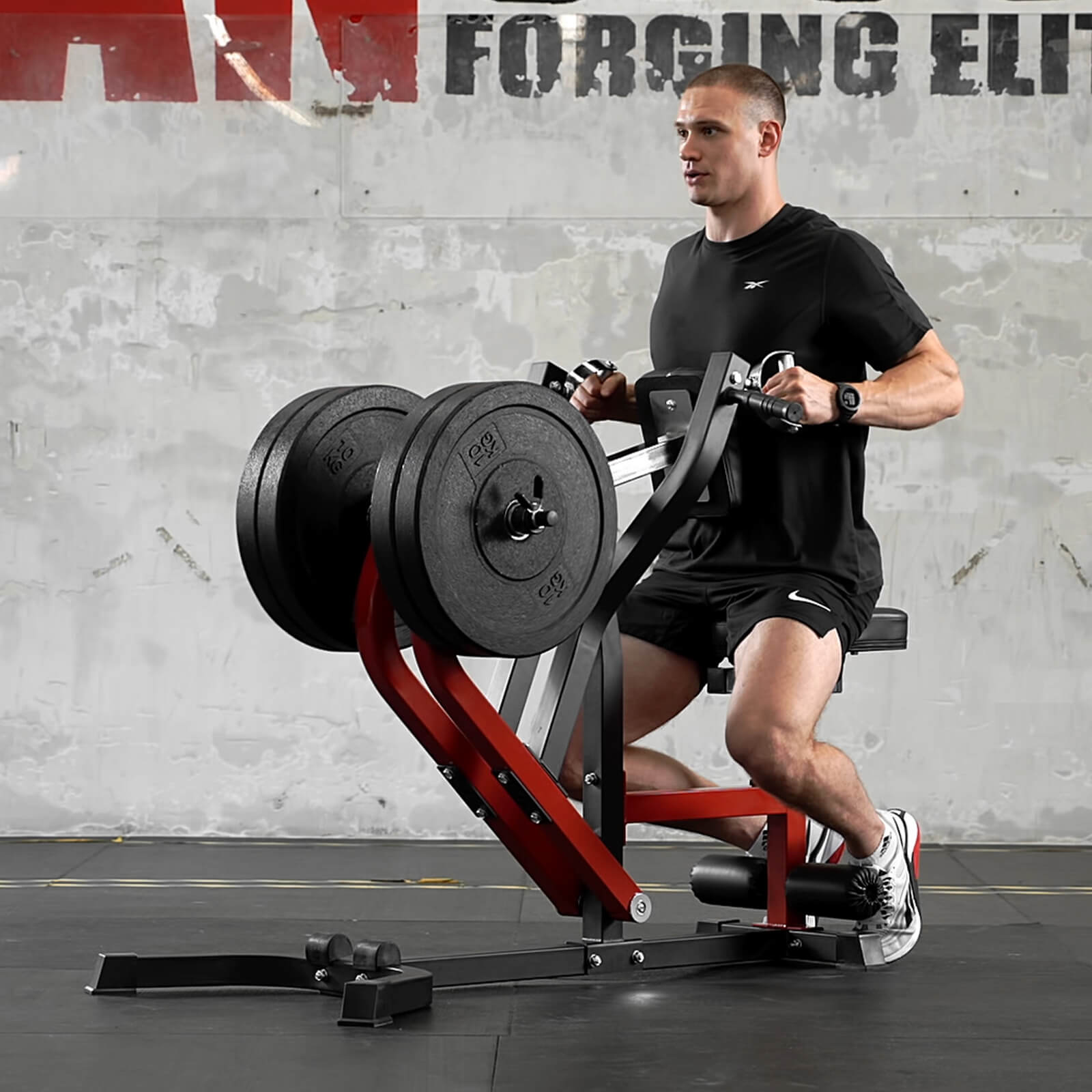
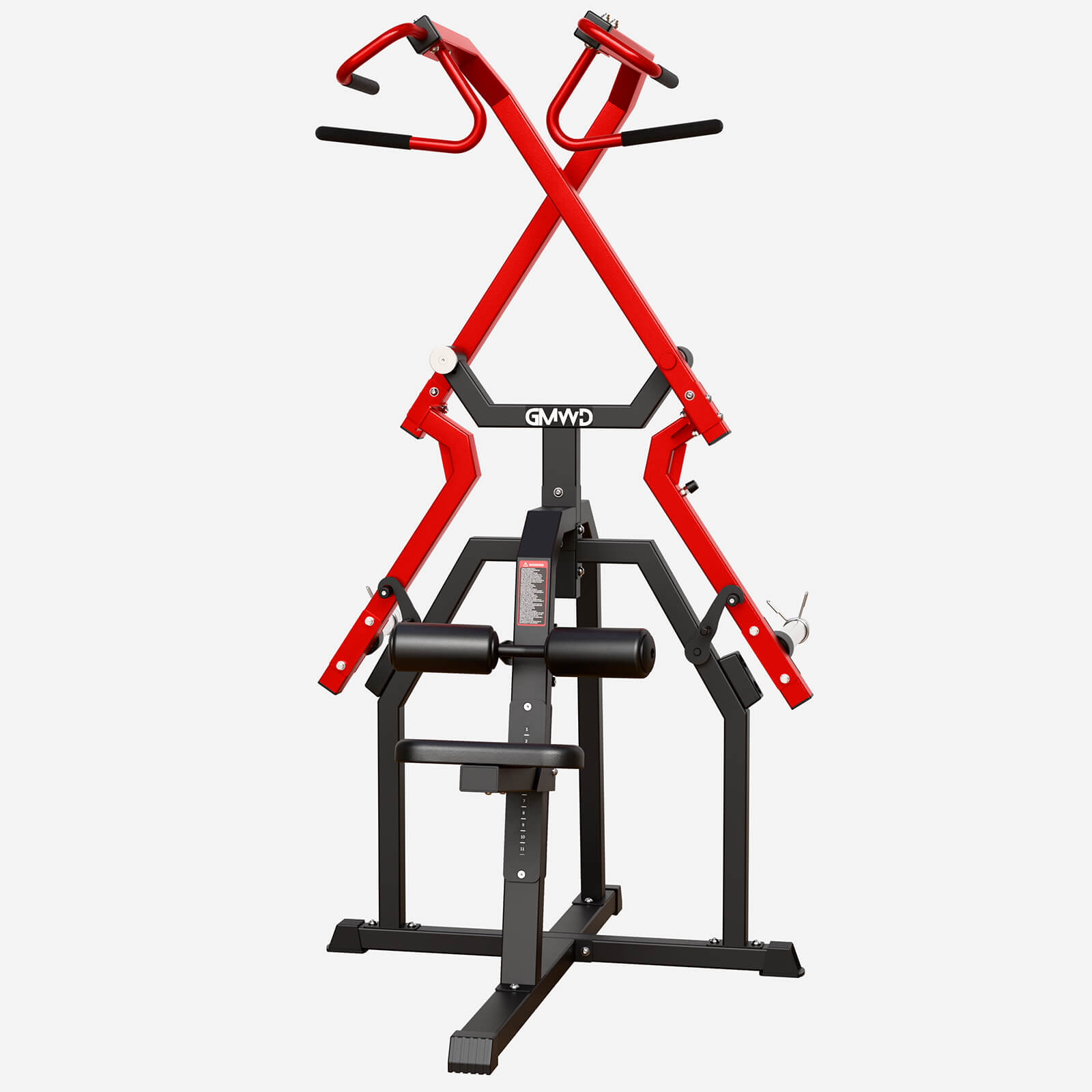
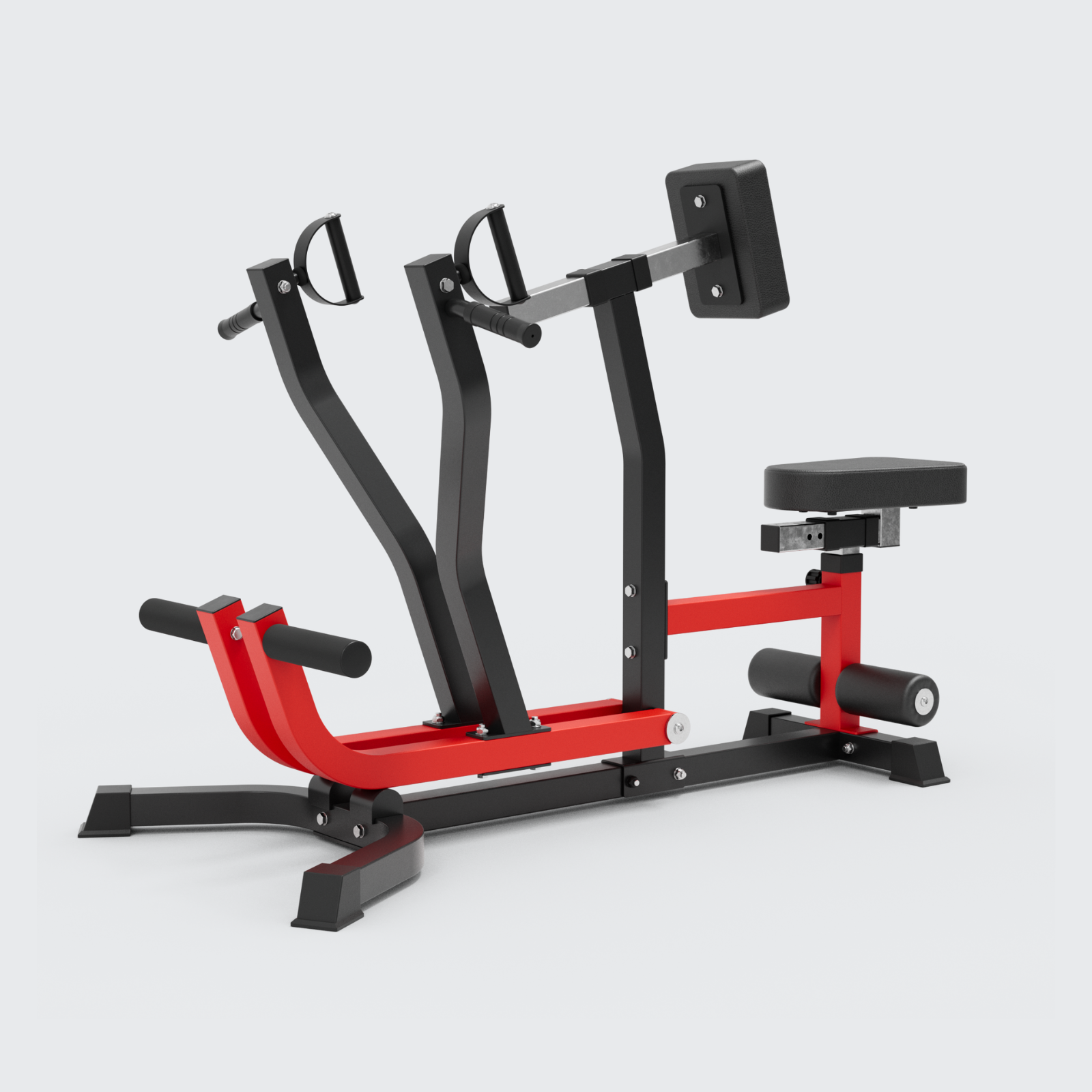
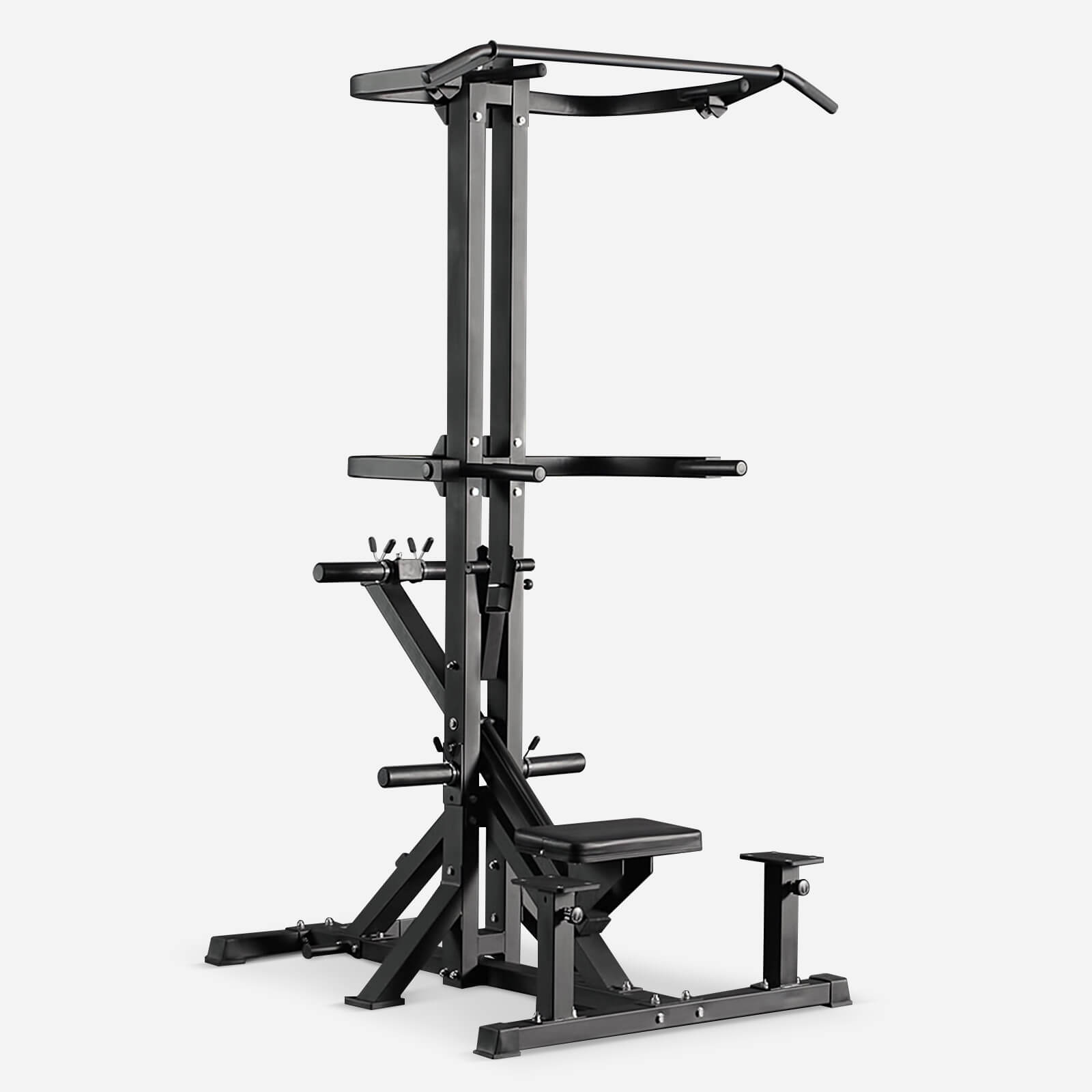


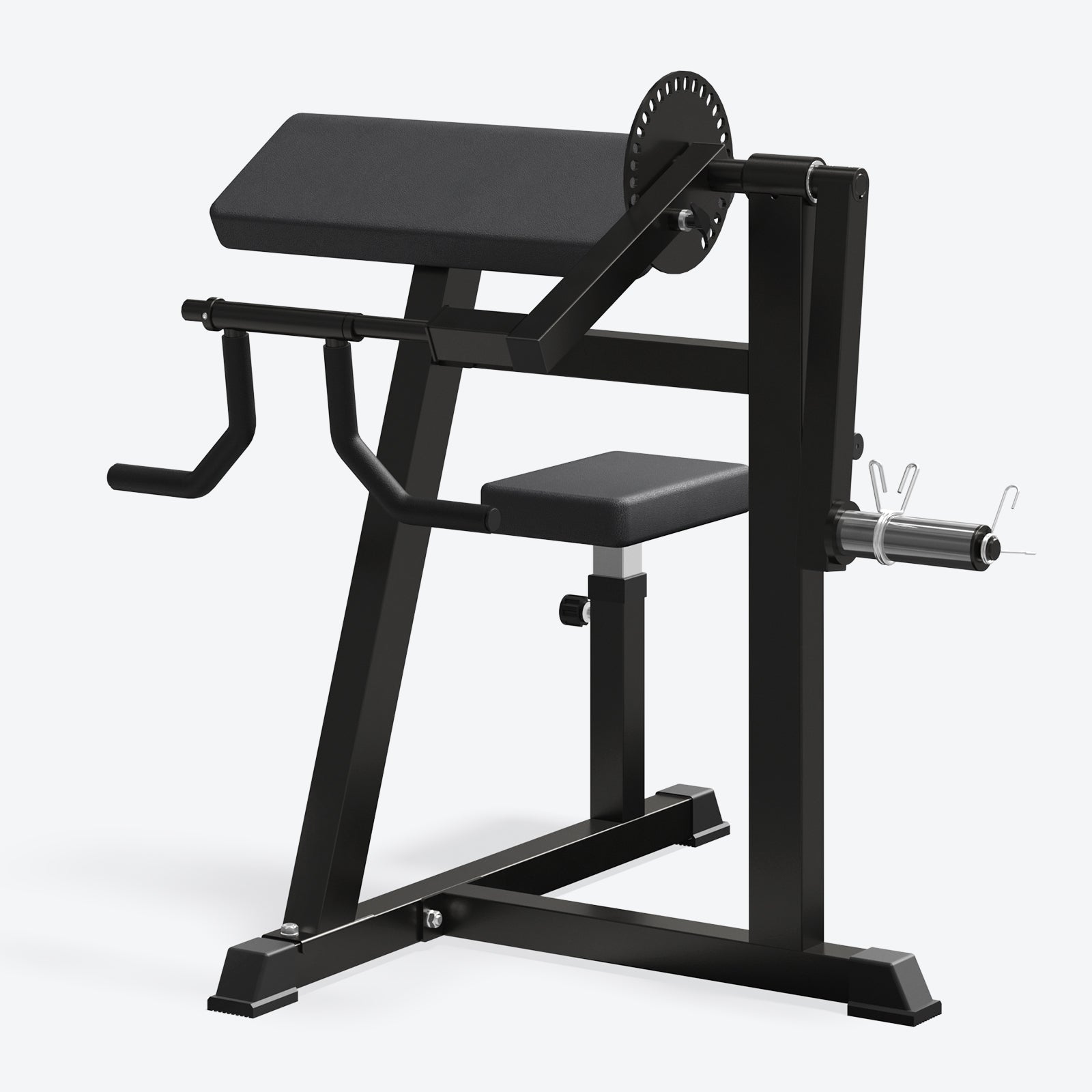
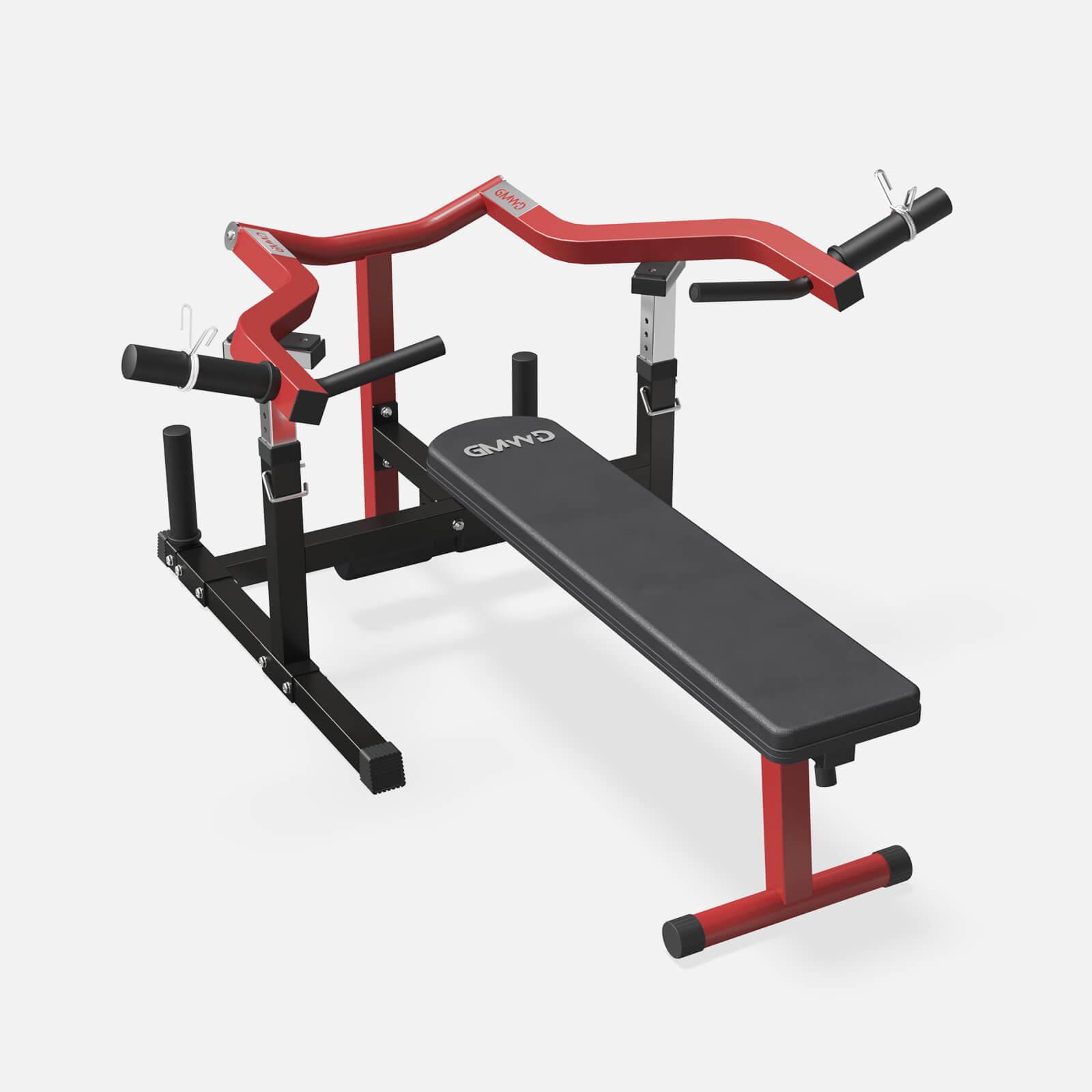
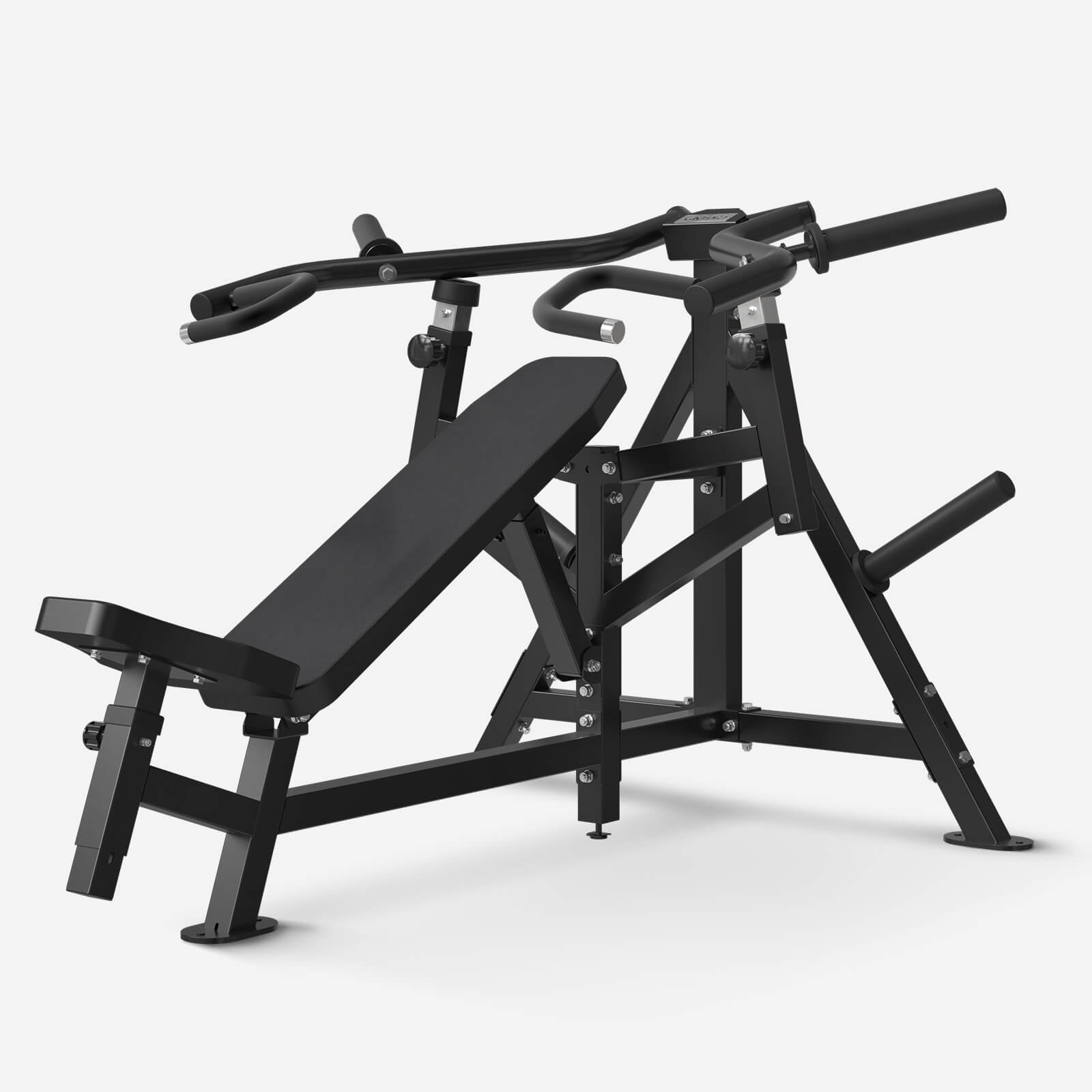
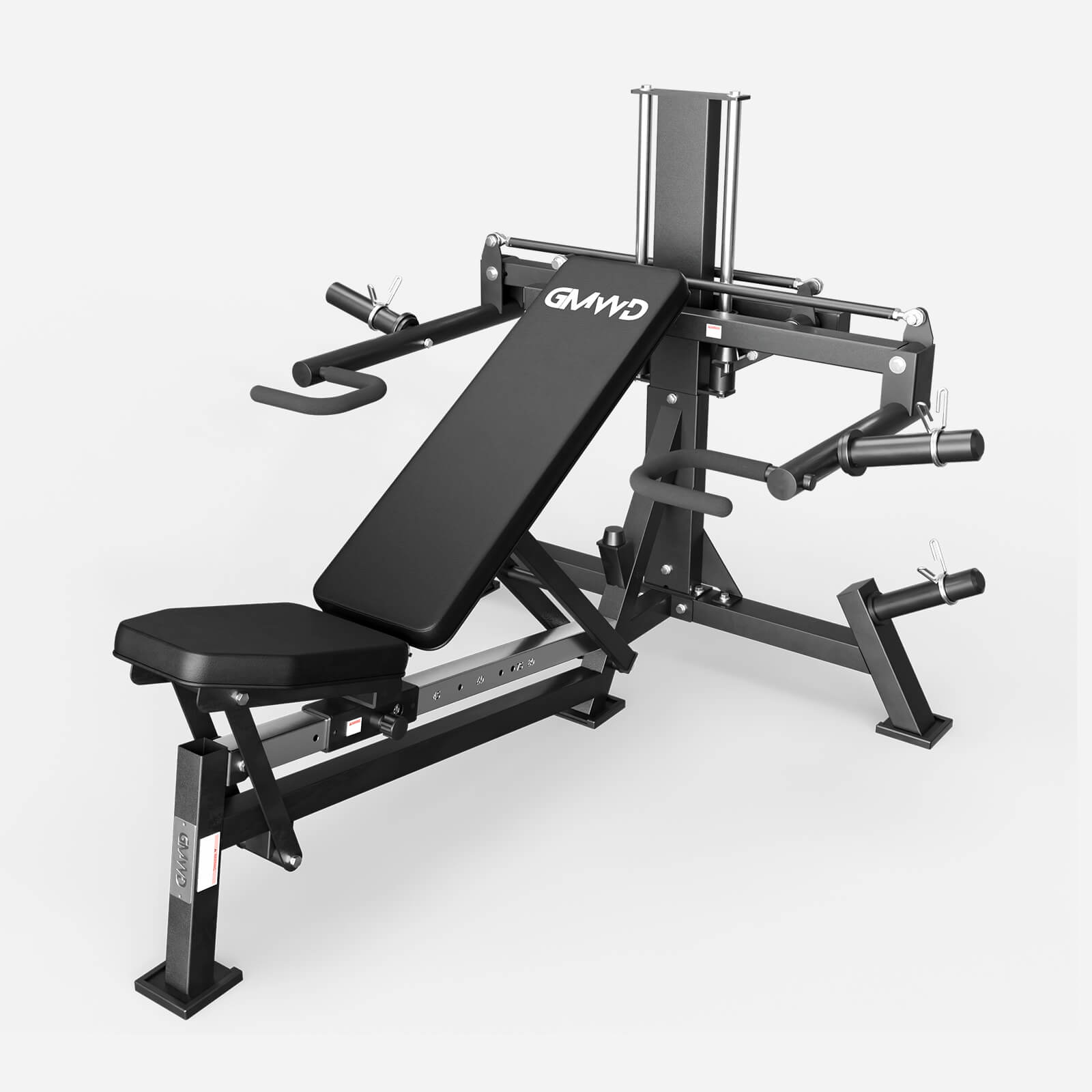
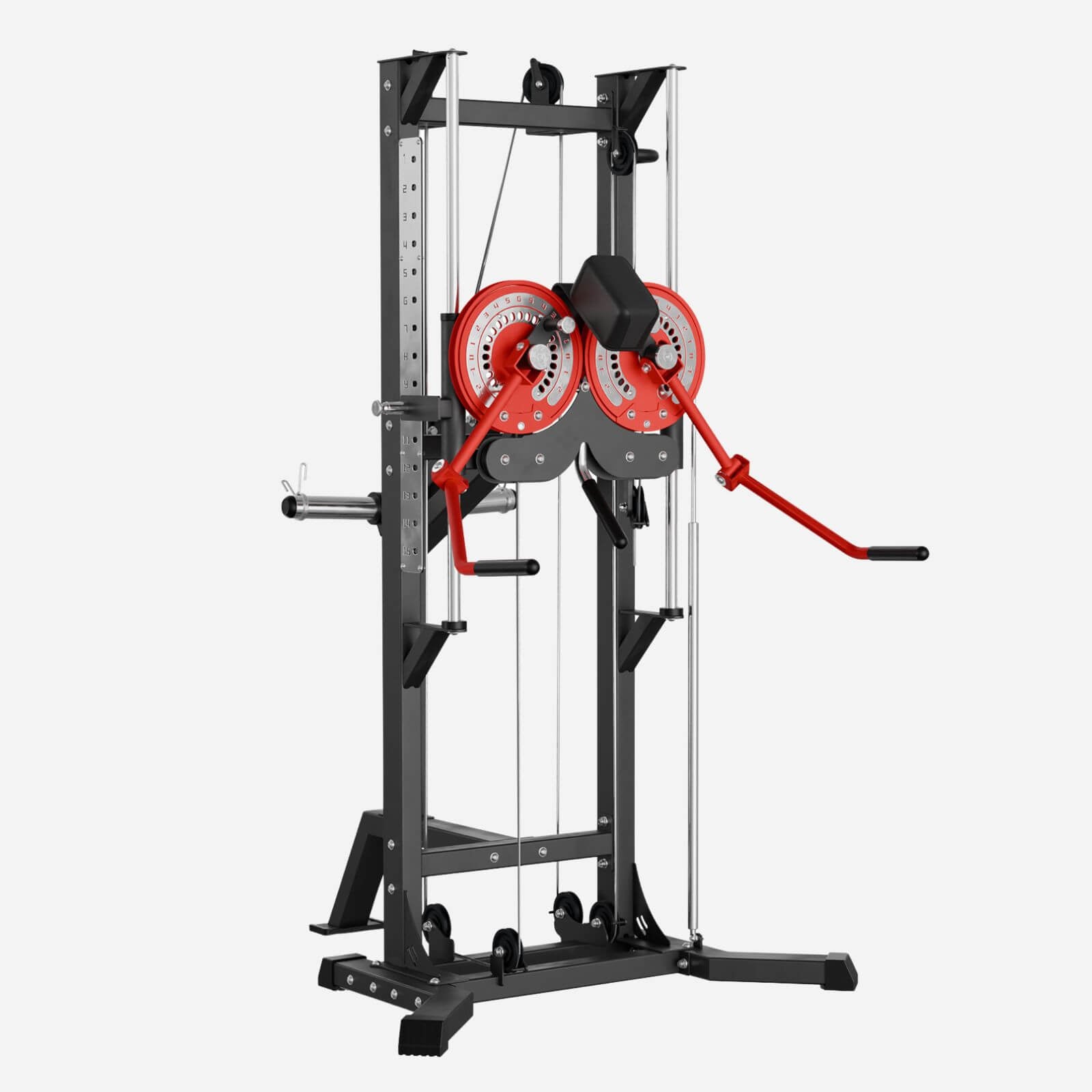
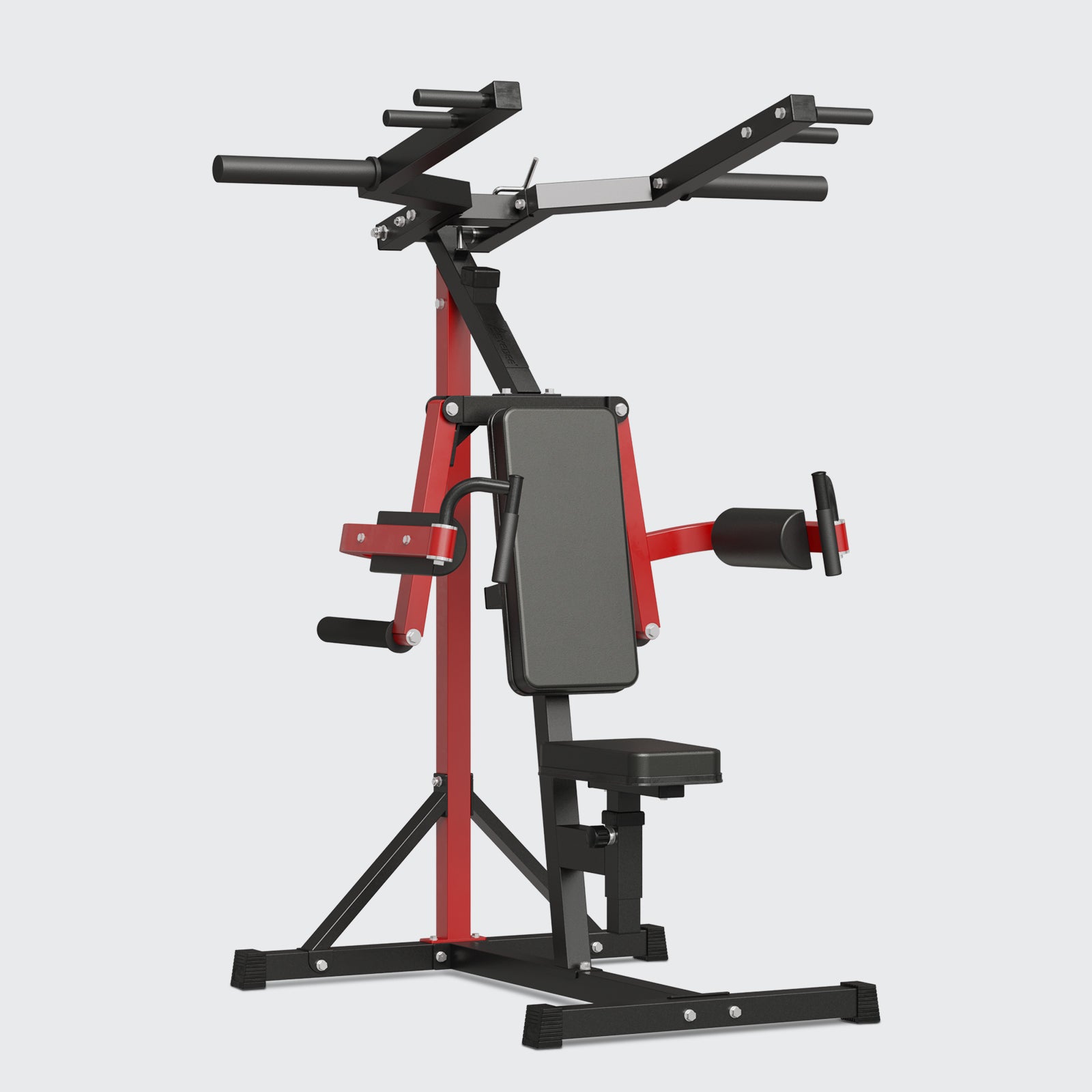
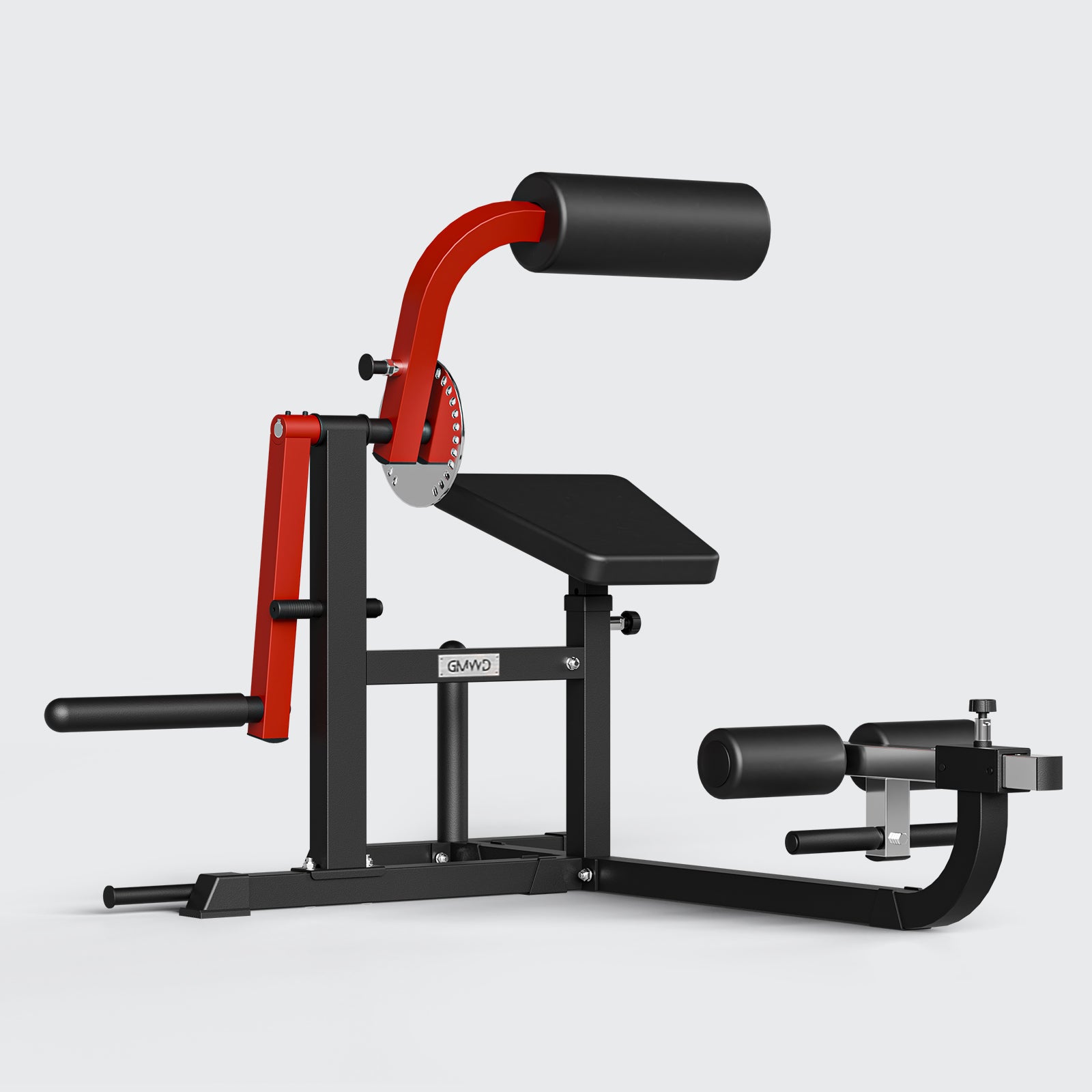
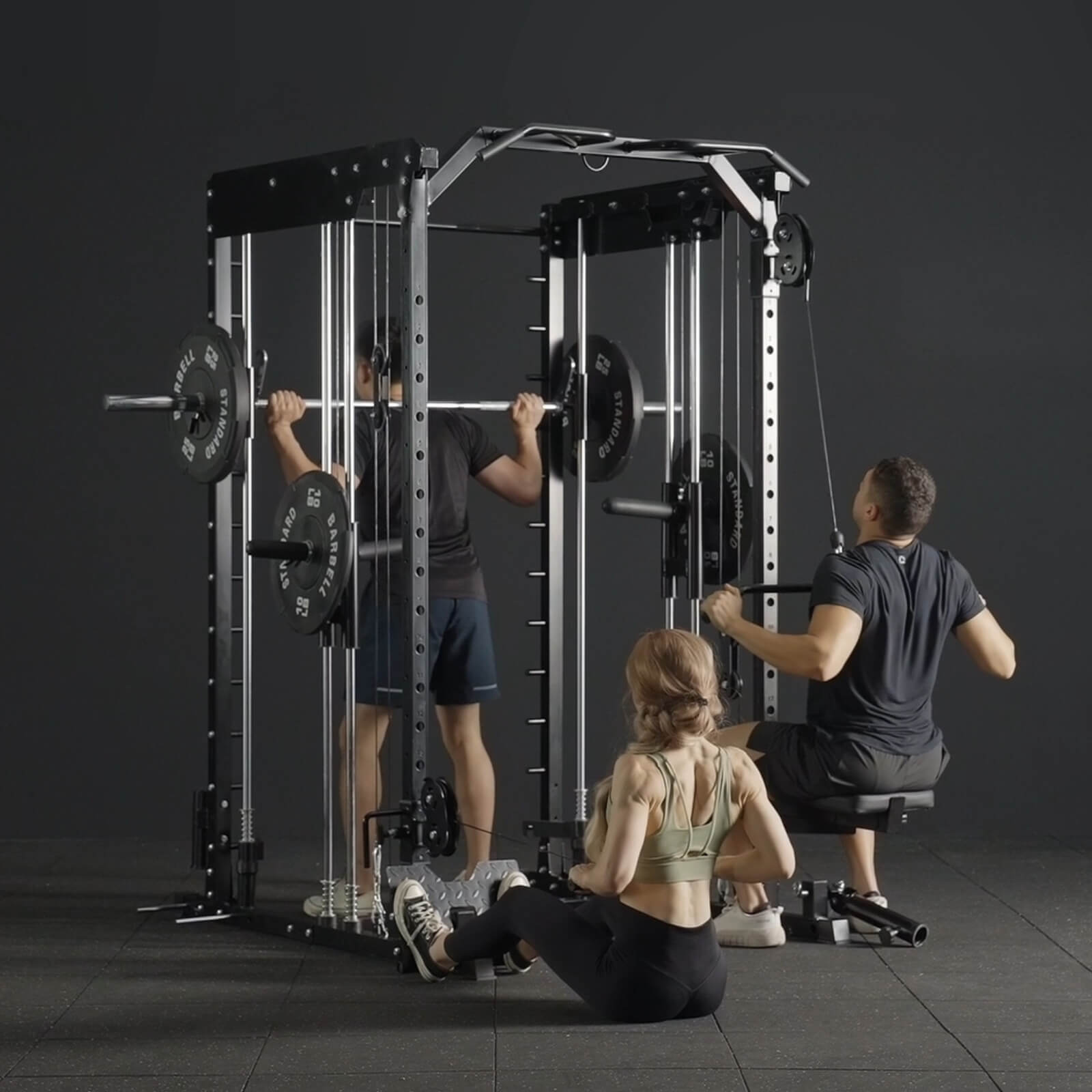
Leave a comment
All comments are moderated before being published.
This site is protected by hCaptcha and the hCaptcha Privacy Policy and Terms of Service apply.